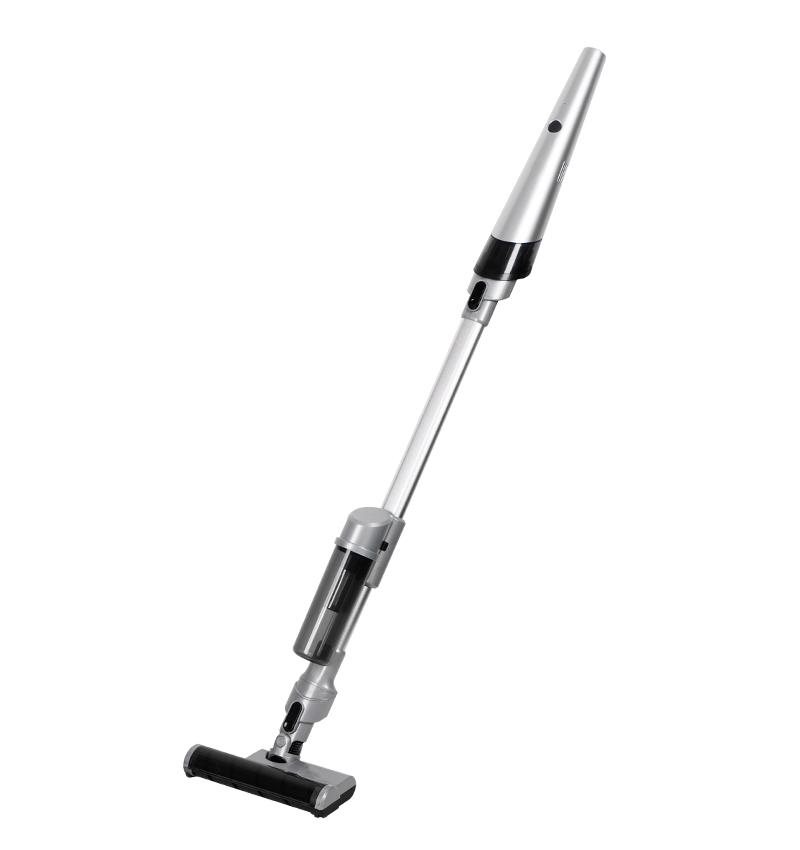Car vacuum cleaners manage power consumption through a variety of mechanisms and design features to maximize cleaning efficiency:
Variable suction power: Many car vacuums feature adjustable suction settings, allowing customers to control the amount of energy used depending on the cleaning project at hand. Lower suction power can be used for lighter cleaning, while higher suction strength can be used for more thorough cleaning.
Efficient motor design: The motors used in car vacuum cleaners are generally designed to be energy-efficient, ensuring that they consume minimal power while still providing adequate suction pressure. Advanced motor technologies such as brushless motors or high-efficiency motors are often used to reduce power waste.

Auto-off feature: Some car vacuums have a car-off feature that turns the vacuum off when the vacuum is not in use for a certain period of time. This saves power and prevents unnecessary power consumption when the cleaning machine is idle.
High-efficiency filtration device: The carefully designed filtration gadget in the car vacuum cleaner ensures the powerful capture and retention of dust and dirt. This not only improves cleaning performance but also prevents clogging, allowing for smoother airflow and optimizing intensive use.
Energy-saving add-ons: Some car vacuums include special cleaning attachments or nozzle designs that allow users to clean more accurately. These accessories help focus suction energy where it's needed, resulting in efficient cleaning with minimal wastage of force.
Overall, the purpose of a car vacuum cleaner is to strike a balance between providing enough suction for effective cleaning and minimizing power consumption to ensure optimal cleaning performance.


 中文简体
中文简体

















